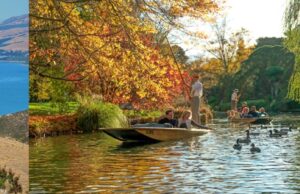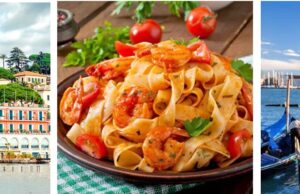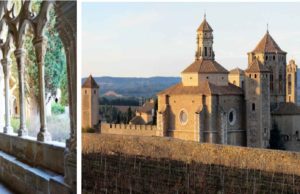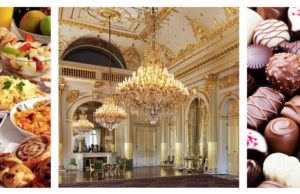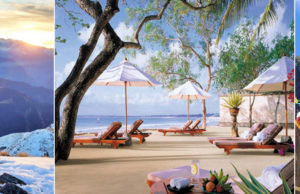
WoT's Hot
After nearly an eight-hour-long flight from Mumbai, the Lufthansa Boeing 747 dropped down like a weary eagle and settled comfortably on the tarmac of Frankfurt Airport, one of the largest and busiest airports in the world. I had landed in Germany.
A gleaming Mercedes Benz bus, fitted with television sets and music systems, was to be my ‘home on wheels’ for a few days. Fortunately, I would be able to get the feel of Germany since I would be seeing some of its important cities and also its countryside, rivers, mountains and valleys.
Frankfurt, the fifth-largest German city and one of the largest financial centers in Europe, can dazzle the eye with its urban splendor but, for tourists used to living in concrete cities, it is the countryside that attracts attention. Hence, I found the journey to Cologne most refreshing.
Cologne or “Koln” is approximately a three-hour-drive from Frankfurt. Situated on the Rhine, Cologne is one of Germany’s most-visited places. Famous for its Eau-de-Cologne and a Gothic Cathedral, this city has accommodated ancient monuments as well as modern high-rises with ease. Its skyline is dominated by the 515 feet-high Cologne Cathedral or the High Cathedral of St. Peter that has taken almost six centuries to build and has been hit about fourteen times by bombs during World War II. The two soaring, awe-inspiring spires can actually take one’s breath away. One can reach a platform for an aerial view of Cologne only after climbing as many as 509 stone steps of a spiral staircase. This Roman Catholic Church is a massive structure, visited by nearly twenty thousand people each day and can boast of being Germany’s most-photographed monument.
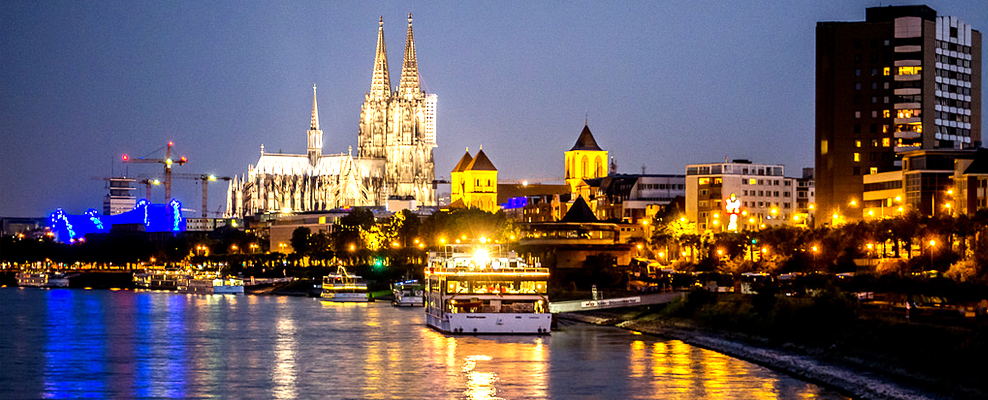
After lunch, complete with papad and achaar, in an Indian restaurant named Jaipur, the bus moved towards the world-famous Rhine Valley for a cruise on the 1,230 km-long river that runs through four countries. The Rhine Cruise began from Boppard, a small town beside the river Rhine, once an important Roman settlement and now an interesting tourist spot. The luxury steamer waiting for us was like a medium-sized restaurant floating on placid waters. It was three-storied with spacious dining halls as well as comfortable cafeterias. From the deck the countryside looked entirely different from that which we had seen from our bus. Narrow strips of road with vineyards and half-timbered houses bordered the river banks and the blue Rhine meanders through the valley. On both sides huge cliffs soar up towards the sky and the somber beauty of the rugged landscape is breath-taking. Some of the riverside cliffs have medieval castles situated on them and one such famous cliff is the Loreley Rock. Unfortunately, the wind-chill forced me to make a hurried retreat to the cafeteria below for south-western Germany is quite cold in the month of September.
The deck below was bustling with activity and it was amazing to see waiters, both men and women, run from one level of the boat to another carrying a tray with about fifty paper-thin glass tumblers neatly arranged on it, with just one hand. After a grand dinner on board, we embarked at 7.30 p.m. local time for Bingen. The bus was already there waiting to take us to our hotel.
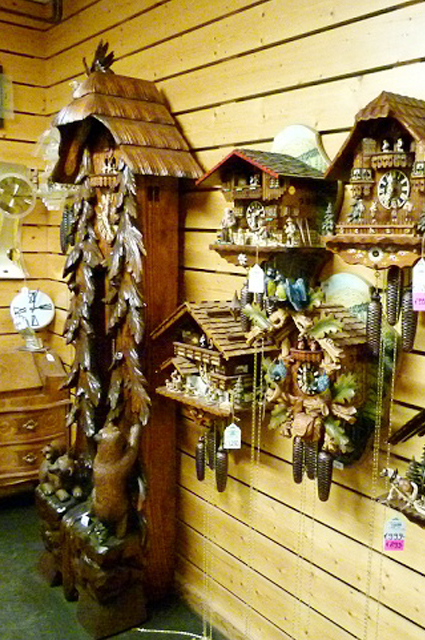 The next stop was Heidelberg on the banks of the river Neckar in south-west Germany. Nearly every city in this country has an “Altstadt” or “old town” of historical importance, so also Hiedelberg with the Karl Rupert Bridge and the ruins of the Heidelberg Castle atop Konigstuhl mountains, both made of red sandstone. The Heidelberg University and the Market Square, with the Fountain of Hercules were also worth watching. The town, full of narrow alleys, side lanes and cobbled streets, has a strong medieval essence and even the biting cold could not dampen my enthusiasm. There was so much to see, ranging from ancient churches to modern research centers.
The next stop was Heidelberg on the banks of the river Neckar in south-west Germany. Nearly every city in this country has an “Altstadt” or “old town” of historical importance, so also Hiedelberg with the Karl Rupert Bridge and the ruins of the Heidelberg Castle atop Konigstuhl mountains, both made of red sandstone. The Heidelberg University and the Market Square, with the Fountain of Hercules were also worth watching. The town, full of narrow alleys, side lanes and cobbled streets, has a strong medieval essence and even the biting cold could not dampen my enthusiasm. There was so much to see, ranging from ancient churches to modern research centers.
For an experience of a different kind, I entered the Black Forest region with its thick green vegetation. The Black Forest is quite a large mountain range in south-western Germany, topped mostly with fir and pine trees. The Drubba Cuckoo Clock Factory in this area is a tourist’s delight and one can only gaze in amazement at the variety of cuckoo clocks and watch clocks being made in front of you. The automized manufacturing Audi, Mercedes Benz, BMW, Volkswagen and Porsche on the one hand and making of wooden cuckoo clocks, manually, on the other!
Black Forest was the last stop and it was time for me to bid farewell to Germany and move onto Switzerland. The stay in Deutschland was undoubtedly short but the experience of being in a country with such a fine fusion of the old and the new, was enriching indeed.
Save SaveAfter nearly an eight-hour-long flight from Mumbai, the Lufthansa Boeing 747 dropped down like a weary eagle and settled comfortably on the tarmac of Frankfurt Airport, one of the largest and busiest airports in the world. I had landed in Germany.
A gleaming Mercedes Benz bus, f
What to read next
Featured articles

Welcome Festive Season in Glam, Latin Quarters Launches new #PujoBling Collection with Monami Ghosh
by WOT




































